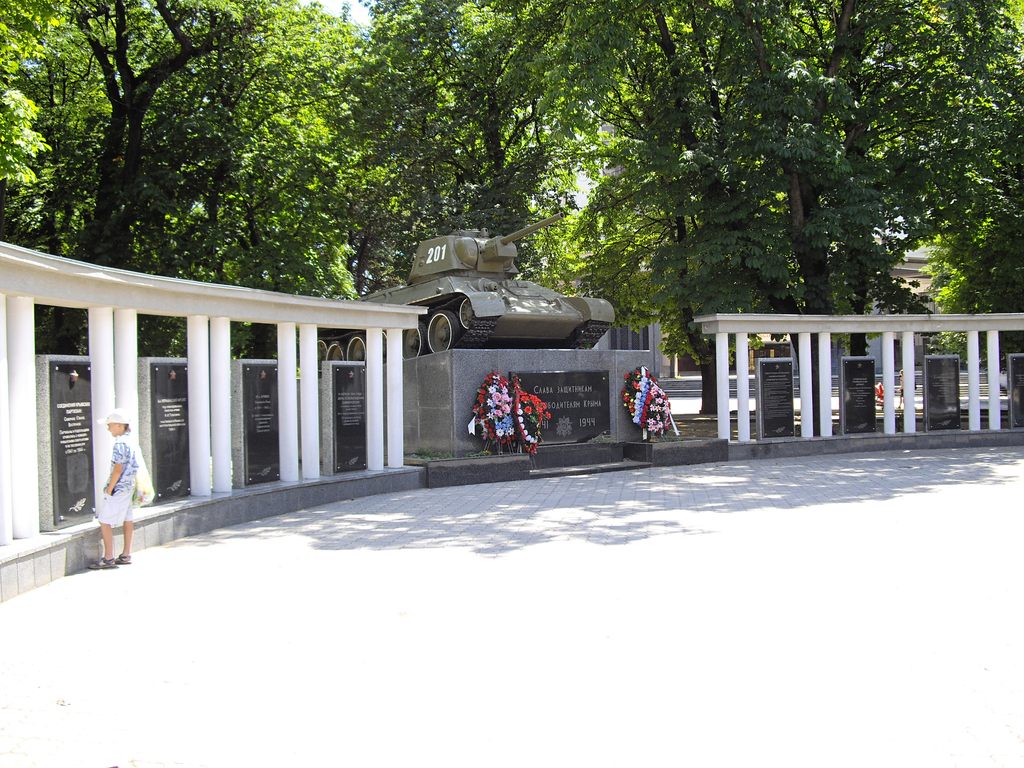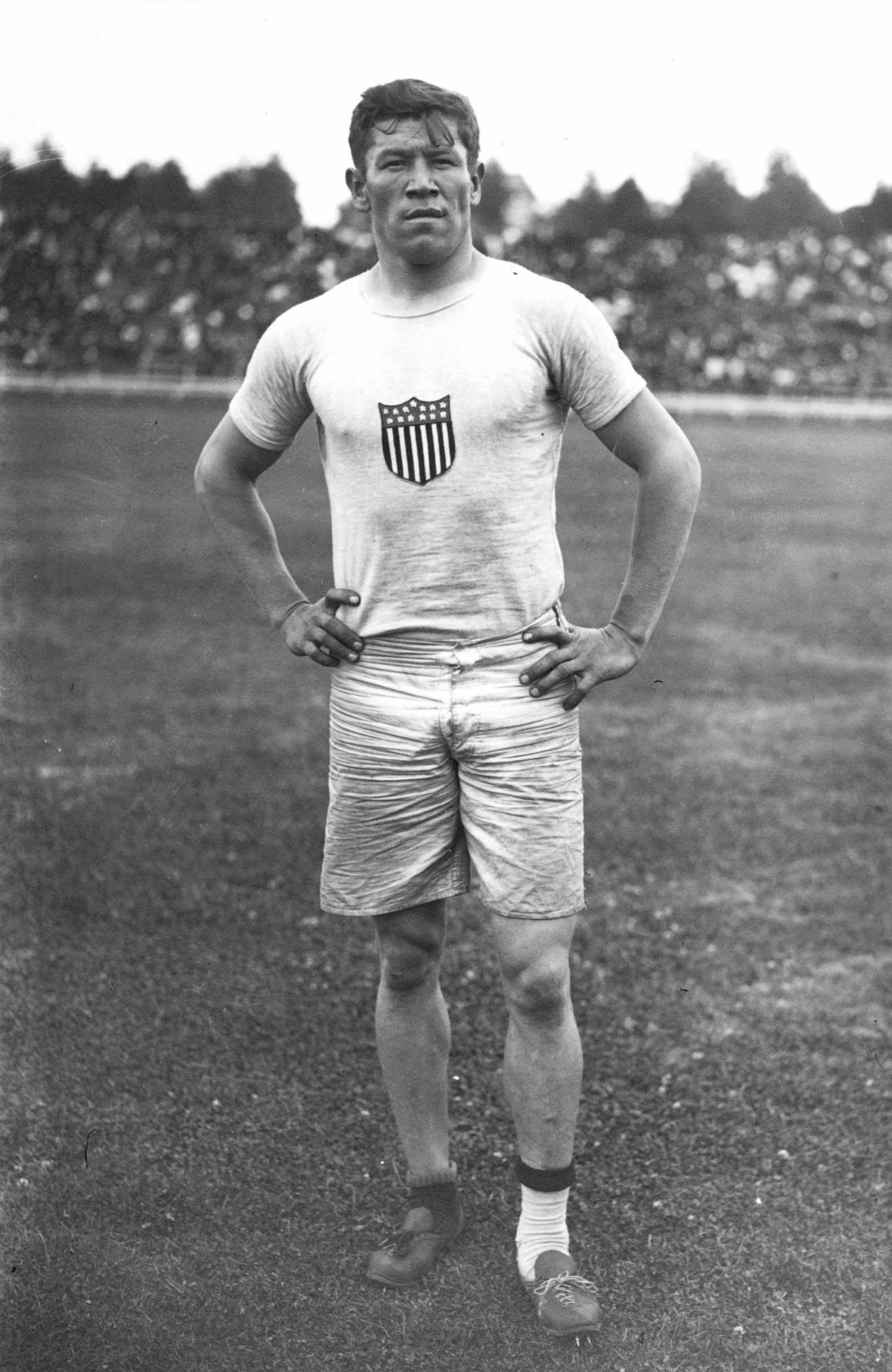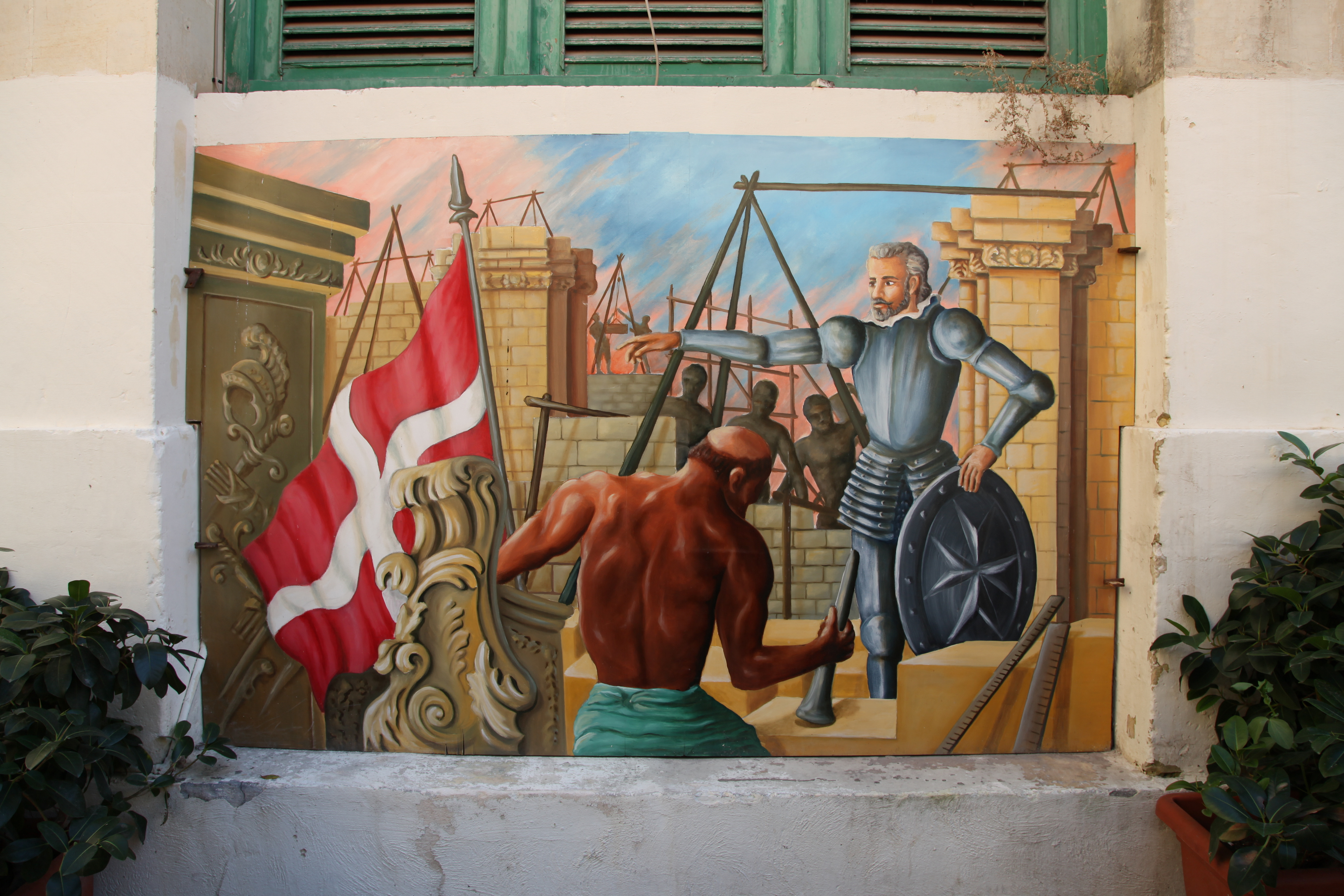|
Lea Nudelman
Lea Nudelman (born 11 May 1955) is an Israeli chess player who won Women's Chess Olympiad team and individual gold medals. Chess career Lea Nudelman participated in the Soviet Union youth chess championship, where achieved the best result in 1972 in Chernihiv, when taken the 7th place. She played for Ukraine in the Championship of the USSR team juniors and twice won - in 1970 in Nevinnomyssk and in 1972 in Kiev. In 1971 Lea Nudelman won the Crimean Oblast Women's Chess Championship. She also is Ukrainian women's correspondence chess championship winner (1968-1970). Moved to Israel in 1972. Participating in multiple Israeli women's chess championships. Lea Nudelman played for Israel in the Women's Chess Olympiads: * In 1974, at second board in the 6th Chess Olympiad (women) in Medellín (+8, =1, -4), * In 1976, at first reserve board in the 7th Chess Olympiad (women) in Haifa (+6, =1, -0) and won team and individual gold medals, * In 1980, at first reserve board in the 9t ... [...More Info...] [...Related Items...] OR: [Wikipedia] [Google] [Baidu] |
Simferopol
Simferopol () is the second-largest city in the Crimean Peninsula. The city, along with the rest of Crimea, is internationally recognised as part of Ukraine, and is considered the capital of the Autonomous Republic of Crimea. However, it is under the ''de facto'' control of Russia, which annexed Crimea in 2014 and regards Simferopol as the capital of the Republic of Crimea. Simferopol is an important political, economic and transport hub of the peninsula, and serves as the administrative centre of both Simferopol Municipality and the surrounding Simferopol District. After the 1784 annexation of the Crimean Khanate by the Russian Empire, the Russian empress decreed the foundation of the city with the name Simferopol on the location of the Crimean Tatar town of Aqmescit ("White Mosque"). The population was Etymologies The name Simferopol ( uk, Сімферо́поль; russian: link=no, Симферо́поль ) comes from the Greek ''Sympheropoli'' ( el, Συμφερό� ... [...More Info...] [...Related Items...] OR: [Wikipedia] [Google] [Baidu] |
22nd Chess Olympiad
The 22nd Chess Olympiad ( he, אולימפיאדת השחמט ה-22, ''Olimpiada ha-shachmat ha-22''), organized by FIDE, took place between October 26 and November 10, 1976, in Haifa, Israel. For the first time, the event comprised both an openAlthough commonly referred to as the ''men's division'', this section is open to both male and female players. and a women's tournament. Another first was the change in format. The growing number of teams (74 at the previous Olympiad) had made it impossible to continue with the previous system of round-robin preliminary and final groups, so beginning in Haifa, the open event was played as a Swiss system tournament (the women's event had fewer participants and did not use the Swiss system until 1980). The first Swiss system Olympiad ended up with significantly fewer teams, however. International politics once again interfered in the world of sports, as many FIDE member nations withdrew in protest against the Olympiad being held in Israel, ... [...More Info...] [...Related Items...] OR: [Wikipedia] [Google] [Baidu] |
Chess Olympiad Competitors
Chess is a board game for two players, called White and Black, each controlling an army of chess pieces in their color, with the objective to checkmate the opponent's king. It is sometimes called international chess or Western chess to distinguish it from related games, such as xiangqi (Chinese chess) and shogi (Japanese chess). The recorded history of chess goes back at least to the emergence of a similar game, chaturanga, in seventh-century India. The rules of chess as we know them today emerged in Europe at the end of the 15th century, with standardization and universal acceptance by the end of the 19th century. Today, chess is one of the world's most popular games, played by millions of people worldwide. Chess is an abstract strategy game that involves no hidden information and no use of dice or cards. It is played on a chessboard with 64 squares arranged in an eight-by-eight grid. At the start, each player controls sixteen pieces: one king, one queen, two rooks, ... [...More Info...] [...Related Items...] OR: [Wikipedia] [Google] [Baidu] |
Soviet Female Chess Players
The Soviet Union,. officially the Union of Soviet Socialist Republics. (USSR),. was a transcontinental country that spanned much of Eurasia from 1922 to 1991. A flagship communist state, it was nominally a federal union of fifteen national republics; in practice, both its government and its economy were highly centralized until its final years. It was a one-party state governed by the Communist Party of the Soviet Union, with the city of Moscow serving as its capital as well as that of its largest and most populous republic: the Russian SFSR. Other major cities included Leningrad (Russian SFSR), Kiev (Ukrainian SSR), Minsk (Byelorussian SSR), Tashkent (Uzbek SSR), Alma-Ata (Kazakh SSR), and Novosibirsk (Russian SFSR). It was the largest country in the world, covering over and spanning eleven time zones. The country's roots lay in the October Revolution of 1917, when the Bolsheviks, under the leadership of Vladimir Lenin, overthrew the Russian Provisional Government t ... [...More Info...] [...Related Items...] OR: [Wikipedia] [Google] [Baidu] |
Ukrainian Female Chess Players
Ukrainian may refer to: * Something of, from, or related to Ukraine * Something relating to Ukrainians, an East Slavic people from Eastern Europe * Something relating to demographics of Ukraine in terms of demography and population of Ukraine * Something relating to Ukrainian culture * Ukrainian language, an East Slavic language, the native language of Ukrainians and the official state language of Ukraine * Ukrainian alphabet, a Ukrainian form of Cyrillic alphabet * Ukrainian cuisine See also * Languages of Ukraine * Name of Ukraine * Ukrainian Orthodox Church (other) * Ukrainians (other) * Ukraine (other) * Ukraina (other) * Ukrainia (other) Ukrainia may refer to: * The land of Ukraine, the land of the Kievan Rus * The land of the Ukrainians, an ethnic territory * Montreal ''Ukrainia'', a sports team in Canada * Toronto ''Ukrainia'', a sports team in Canada See also * * Ukraina ... * {{disambiguation Language and na ... [...More Info...] [...Related Items...] OR: [Wikipedia] [Google] [Baidu] |
Israeli Female Chess Players
Israeli may refer to: * Something of, from, or related to the State of Israel * Israelis, citizens or permanent residents of the State of Israel * Modern Hebrew, a language * ''Israeli'' (newspaper), published from 2006 to 2008 * Guni Israeli (born 1984), Israeli basketball player See also * Israelites The Israelites (; , , ) were a group of Semitic-speaking tribes in the ancient Near East who, during the Iron Age, inhabited a part of Canaan. The earliest recorded evidence of a people by the name of Israel appears in the Merneptah Stele o ..., the ancient people of the Land of Israel * List of Israelis {{disambiguation Language and nationality disambiguation pages ... [...More Info...] [...Related Items...] OR: [Wikipedia] [Google] [Baidu] |
Sportspeople From Simferopol
An athlete (also sportsman or sportswoman) is a person who competes in one or more sports that involve physical strength, speed, or endurance. Athletes may be professionals or amateurs. Most professional athletes have particularly well-developed physiques obtained by extensive physical training and strict exercise accompanied by a strict dietary regimen. Definitions The word "athlete" is a romanization of the el, άθλητὴς, ''athlētēs'', one who participates in a contest; from ἄθλος, ''áthlos'' or ἄθλον, ''áthlon'', a contest or feat. The primary definition of "sportsman" according to Webster's ''Third Unabridged Dictionary'' (1960) is, "a person who is active in sports: as (a): one who engages in the sports of the field and especially in hunting or fishing." Physiology Athletes involved in isotonic exercises have an increased mean left ventricular end-diastolic volume and are less likely to be depressed. Due to their strenuous physical activit ... [...More Info...] [...Related Items...] OR: [Wikipedia] [Google] [Baidu] |
1955 Births
Events January * January 3 – José Ramón Guizado becomes president of Panama. * January 17 – , the first nuclear-powered submarine, puts to sea for the first time, from Groton, Connecticut. * January 18– 20 – Battle of Yijiangshan Islands: The Chinese Communist People's Liberation Army seizes the islands from the Republic of China (Taiwan). * January 22 – In the United States, The Pentagon announces a plan to develop intercontinental ballistic missiles (ICBMs), armed with nuclear weapons. * January 23 – The Sutton Coldfield rail crash kills 17, near Birmingham, England. * January 25 – The Presidium of the Supreme Soviet of the Soviet Union announces the end of the war between the USSR and Germany, which began during World War II in 1941. * January 28 – The United States Congress authorizes President Dwight D. Eisenhower to use force to protect Formosa from the People's Republic of China. February * February 10 – The United States Seven ... [...More Info...] [...Related Items...] OR: [Wikipedia] [Google] [Baidu] |
Valletta
Valletta (, mt, il-Belt Valletta, ) is an administrative unit and capital of Malta. Located on the main island, between Marsamxett Harbour to the west and the Grand Harbour to the east, its population within administrative limits in 2014 was 6,444. According to the data from 2020 by Eurostat, the Functional Urban Area and metropolitan region covered the whole island and has a population of 480,134. Valletta is the southernmost capital of Europe, and at just , it is the European Union's smallest capital city. Valletta's 16th-century buildings were constructed by the Knights Hospitaller. The city was named after Jean Parisot de Valette, who succeeded in defending the island from an Ottoman invasion during the Great Siege of Malta. The city is Baroque in character, with elements of Mannerist, Neo-Classical and Modern architecture, though the Second World War left major scars on the city, particularly the destruction of the Royal Opera House. The city was officially recognised a ... [...More Info...] [...Related Items...] OR: [Wikipedia] [Google] [Baidu] |
24th Chess Olympiad
The 24th Chess Olympiad ( mt, L-24 Olimpijadi taċ-Ċess), organized by FIDE and comprising an openAlthough commonly referred to as the ''men's division'', this section is open to both male and female players. and a women's tournament, as well as several other events designed to promote the game of chess, took place between November 20 and December 6, 1980, in Valletta, Malta. Once again, the defending champions Hungary proved to be a real match for the Soviet favourites. The Hungarians led the table until the last round, but in the end the two teams tied for first place. The Soviet Union had a slightly better tie break score and took back the gold medals after six years. Yugoslavia completed the medal ranks. The Soviet team was captained by the reigning world champion Karpov (who fell ill during the tournament and didn't perform to his usual standard) and featured a former champion (Tal) as well as a future one: 17-year-old Olympic debutant Kasparov, who in his first appearance t ... [...More Info...] [...Related Items...] OR: [Wikipedia] [Google] [Baidu] |
Haifa
Haifa ( he, חֵיפָה ' ; ar, حَيْفَا ') is the third-largest city in Israel—after Jerusalem and Tel Aviv—with a population of in . The city of Haifa forms part of the Haifa metropolitan area, the third-most populous metropolitan area in Israel. It is home to the Baháʼí Faith's Baháʼí World Centre, and is a UNESCO World Heritage Site and a destination for Baháʼí pilgrimage. Built on the slopes of Mount Carmel, the settlement has a history spanning more than 3,000 years. The earliest known settlement in the vicinity was Tell Abu Hawam, a small port city established in the Late Bronze Age (14th century BCE). Encyclopedia Judaica, ''Haifa'', Keter Publishing, Jerusalem, 1972, vol. 7, pp. 1134–1139 In the 3rd century CE, Haifa was known as a dye-making center. Over the millennia, the Haifa area has changed hands: being conquered and ruled by the Canaanites, Israelites, Phoenicians, Assyrians, Babylonians, Persians, Hasmoneans, Romans, Byzant ... [...More Info...] [...Related Items...] OR: [Wikipedia] [Google] [Baidu] |
Medellín
Medellín ( or ), officially the Municipality of Medellín ( es, Municipio de Medellín), is the second-largest city in Colombia, after Bogotá, and the capital of the department of Antioquia. It is located in the Aburrá Valley, a central region of the Andes Mountains in South America. According to the National Administrative Department of Statistics, the city had an estimated population of 2,508,452 according to the 2018 census. With its surrounding area that includes nine other cities, the metropolitan area of Medellín is the second-largest urban agglomeration in Colombia in terms of population and economy, with more than 4 million people. In 1616, the Spaniard Francisco Herrera Campuzano erected a small indigenous village ("''poblado''") known as "Saint Lawrence of Aburrá" (''San Lorenzo de Aburrá''), located in the present-day El Poblado commune. On 2 November 1675, the queen consort Mariana of Austria founded the "Town of Our Lady of Candelaria of Medellín" ('' ... [...More Info...] [...Related Items...] OR: [Wikipedia] [Google] [Baidu] |





